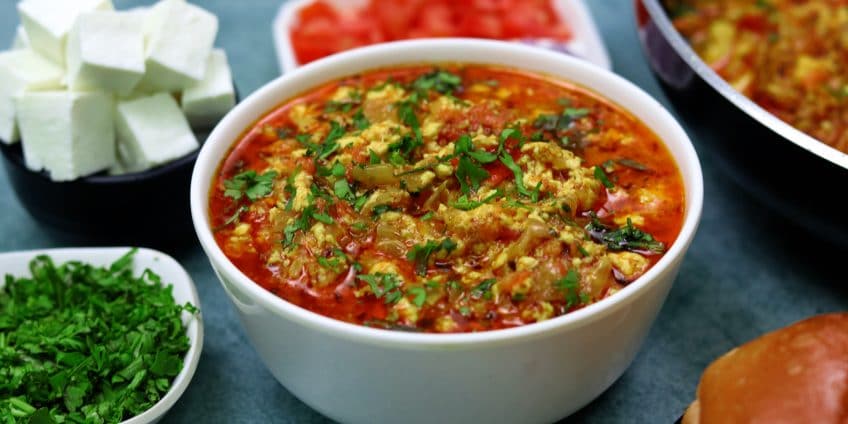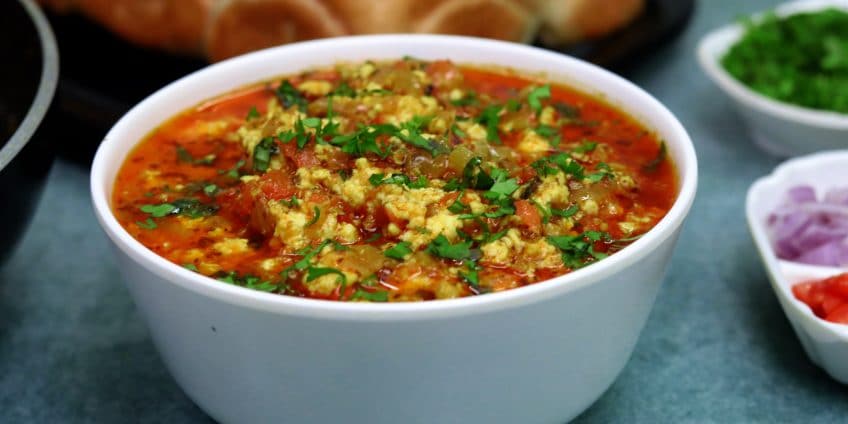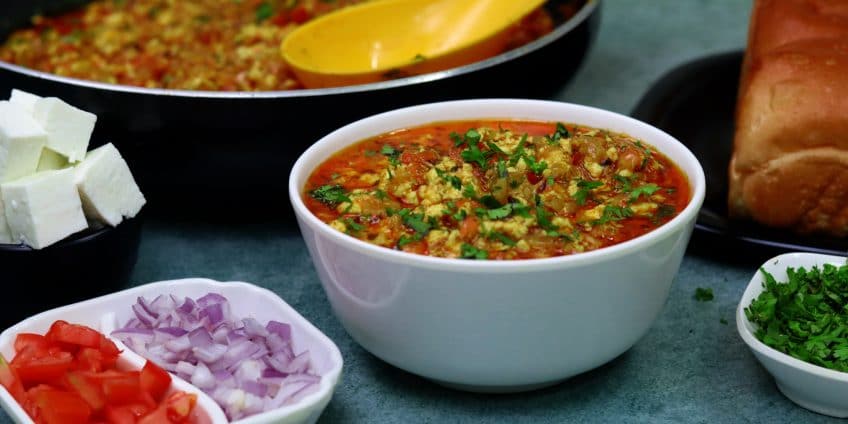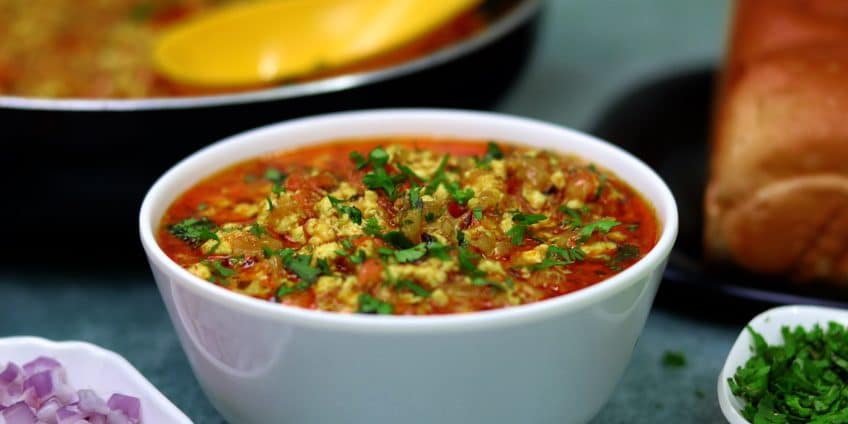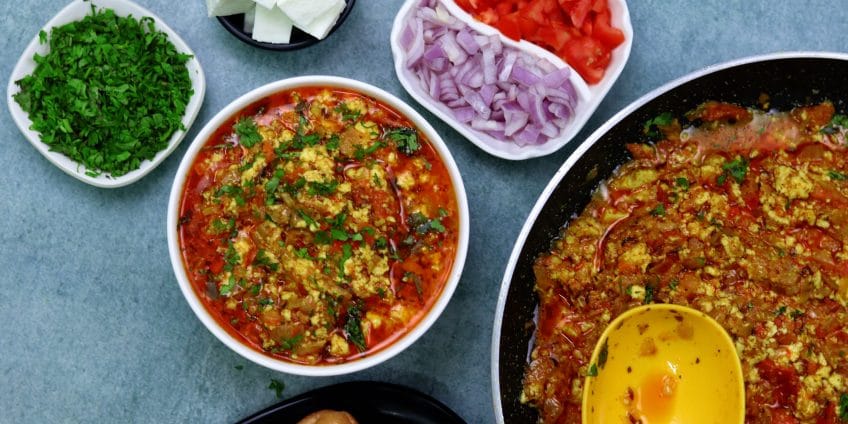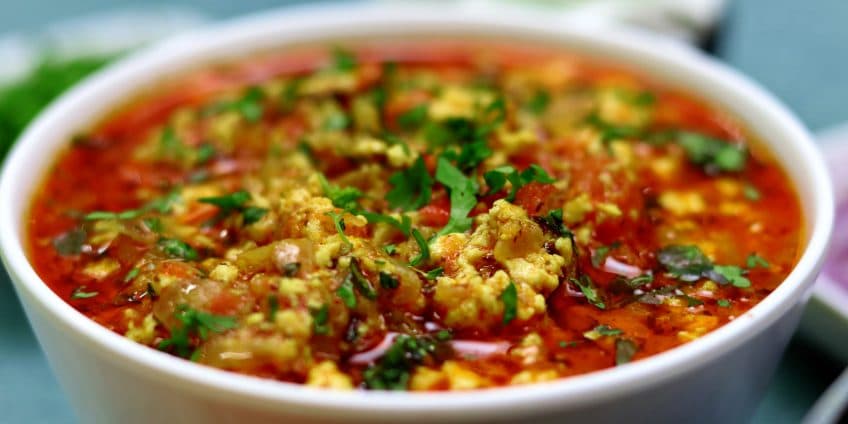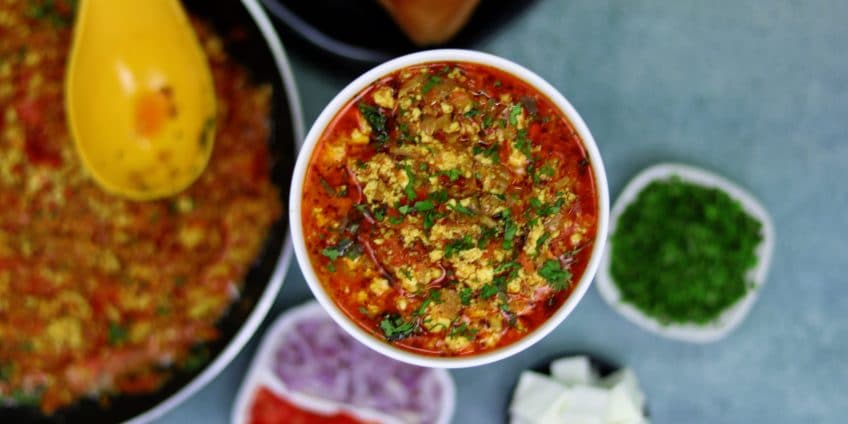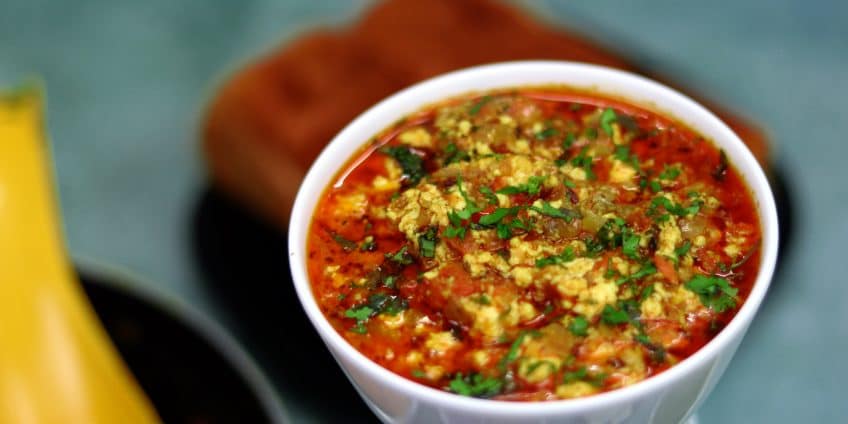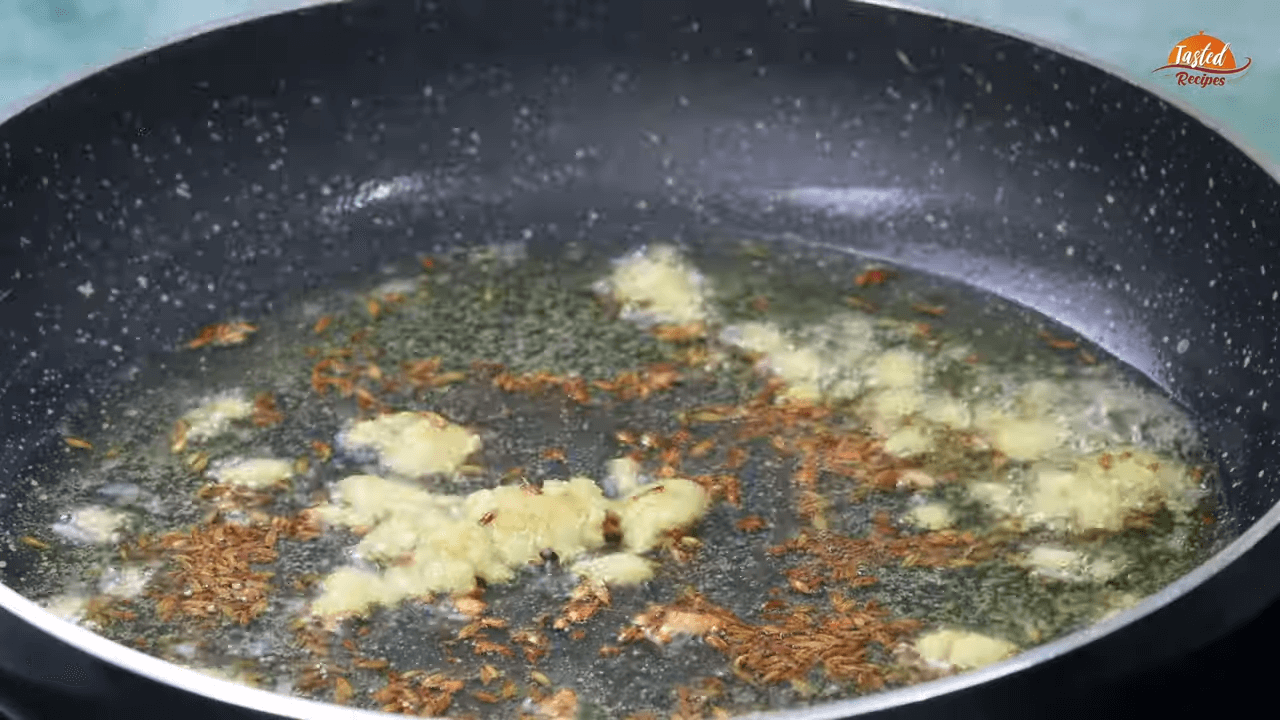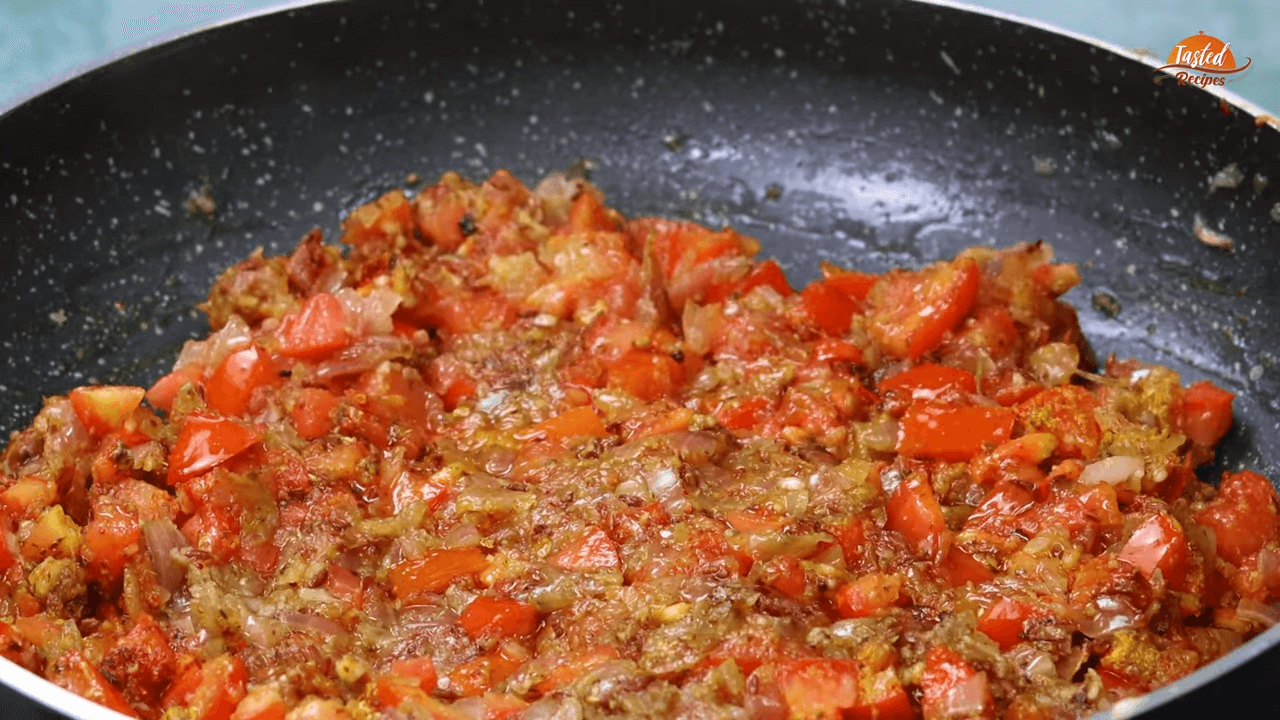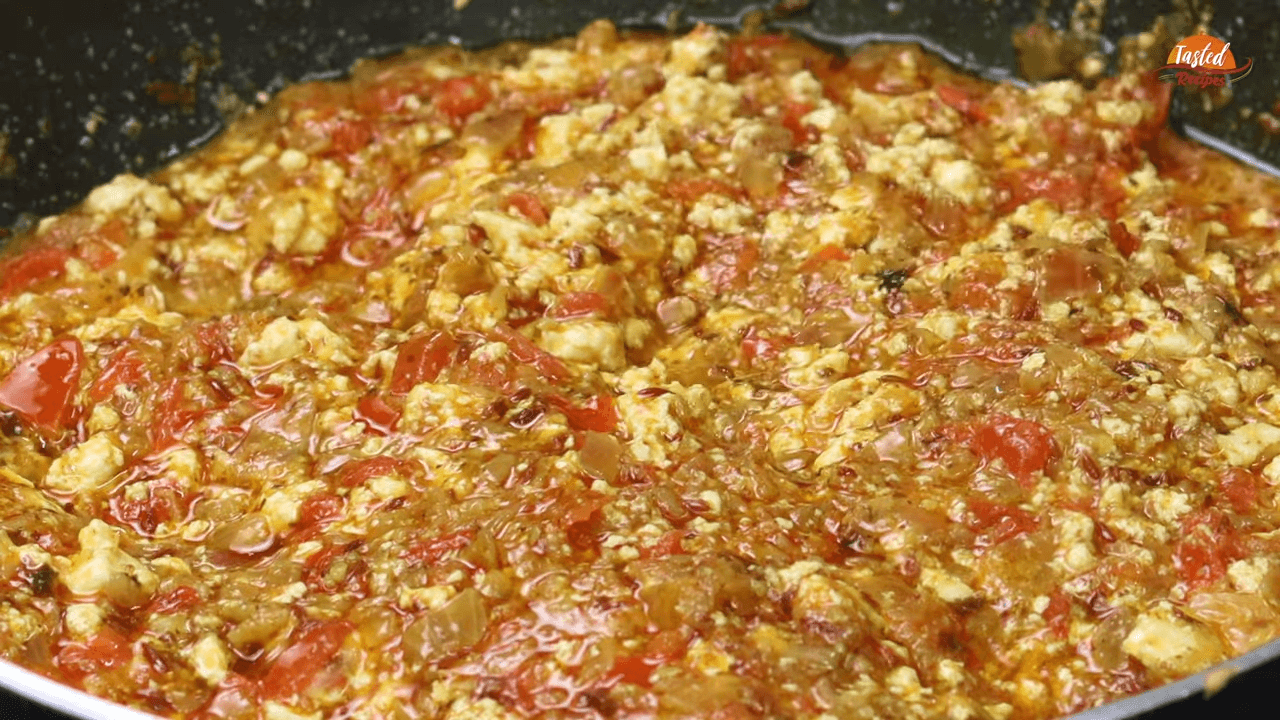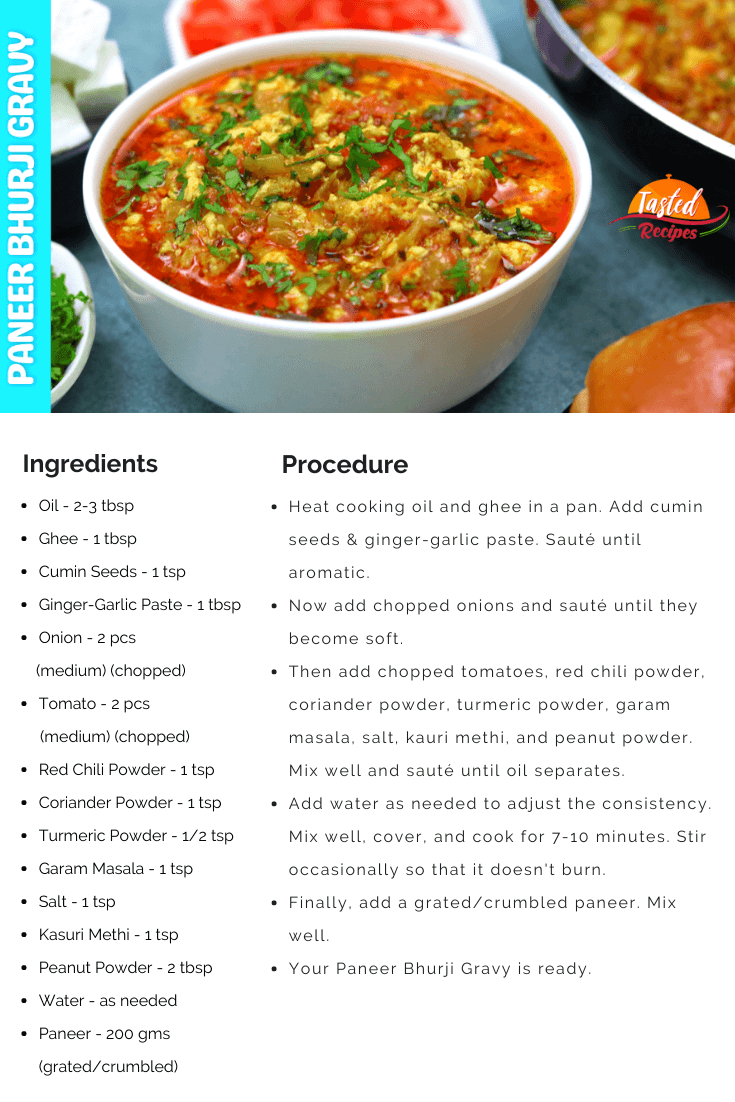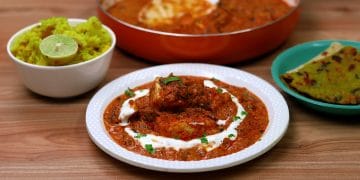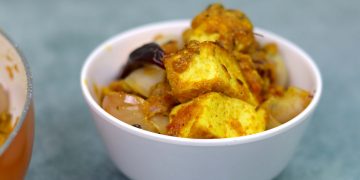I love to share recipes that require fewer ingredients. When you have fewer ingredients, the overall cook time decreases. Let me tell you that the Paneer Bhurji Gravy is one such recipe. It is a modified version of the legendary Paneer Bhurji. By the word modified, I mean the gravy version.
Both the recipes might sound similar, with just gravy as the only difference. However, there are other exciting differences apart from the gravy. Therefore, let’s first discuss them.
Paneer Bhurji Gravy v/s Paneer Bhurji
Gravy is a visible difference, and we all know that. Hence, we are not going to talk about it. If that’s not the case, then what is? Here they are.
First thing first, paneer bhurji can be made using leafy vegetables. I have made them, and here’s the link to creamy palak paneer bhurji and methi paneer bhurji for your reference. Palak and methi are spinach and fenugreek leaves, respectively.
On the other hand, the paneer bhurji gravy contains diluted flavours compared to its dry counterpart. The dried version has more potent flavours because there’s no water content.
Moreover, the dry one includes a little more cream and butter. On the contrary, the gravy one has ghee instead of butter.
All in all, flavour-wise, both of them are more or less similar except for a couple of ingredients.
Is Your Paneer Bhurji Watery?
Most of the time, the answer to the above question will be a YES. Instead of making a smooth gravy, we end up making it watery. If we cook more to burn access water, the taste will deteriorate. Not only this, but we may also mess up the whole thing.
Therefore, what’s the solution?
Firstly, add water gradually as per requirement.
Second, keep the flame low. In short, cook on low flame to reduce the risk of burning.
Third and the most important thing is if you cover and cook, don’t leave it unattended. Stir occasionally in between so that you know how much more it needs to be cooked. That’s how you can avoid watery gravy.
There’s one more style to make a silky smooth gravy: the traditional Surti lachka gravy.
Lachka Style Gravy for Paneer Bhurji Gravy
Lachka is a typical Surti word, and it means silky smooth. Surat’s diamond city has a tradition to make lachka gravy recipes, especially in street style foods. These recipes contain butter in heavy quantities.
Additionally, cook them thoroughly to minimise the water content in them. Here’s a brief detailing about it. Read below.
Making Authentic Surti Style Lachka Gravy
The same method you can adopt to improvise the taste and texture of the gravy bhurji.
The critical aspect of making lachka gravy is cooking masala and spices in oil or butter until they start releasing their flavours and fragrance.
However, that’s tricky because spices and masala powders are exposed to high heat means they are quickly burned or at least overcooked. Add a little water and cook. Doing this will retain the taste as it is.
Paneer Bhurji Gravy Extra Shots
It is one of the easiest and quickest recipes I have ever made. To help you, here are some tips. Although the below tips look cliche, they are of utmost importance.
Tomato & Onion
We are using chopped tomato and onion instead of puree. Therefore, it will take some time to cook properly.
You can mash the onion and tomato pieces once they become soft to speed up the process. Doing this will make the masala thick and lachkedar. Try it.
Cook Until Oil Separates
I have been telling this in almost every gravy recipe, especially paneer recipes. Cooking until oil separates is a default process one needs to follow if they want thick gravy.
However, it also means that all the ingredients are correctly cooked, and now it’s time to proceed further. Do this, and you will know the difference.
Water
Water in this recipe is a critical ingredient. Hence, be very cautious while adding water. The best idea is to add gradually. This way, you will quickly eliminate the risk of adding excess water.
